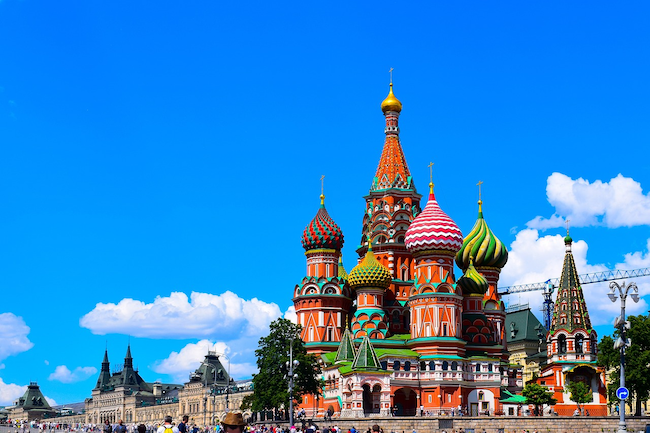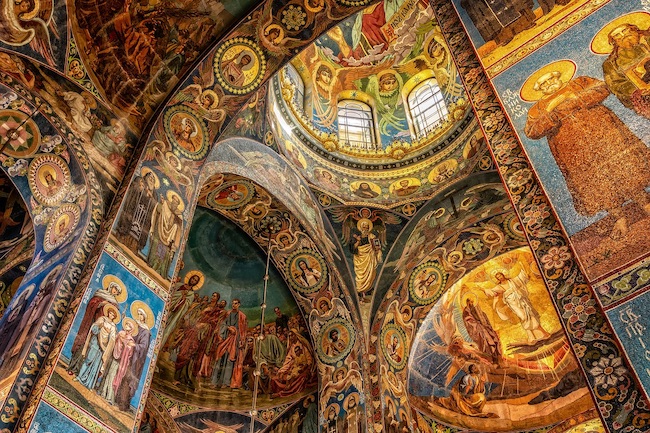Click on the map below to learn more
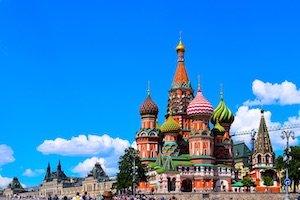 |
MoscowMoscow, a city with a legacy spanning over eight centuries, is a captivating blend of old-world charm and modernity. Its iconic skyline is dominated by architectural marvels that tell the story of Russia's past and present. The city serves as a cultural melting pot, where traditional Russian culture meets contemporary trends. It is the capital and largest city in Russia, with a population exceeding 12,000,000. The heart of Moscow is the historic Red Square, a UNESCO World Heritage site and a symbol of Russia's grandeur. Flanked by architectural gems such as the Kremlin, St. Basil's Cathedral, and the State Historical Museum, Red Square exudes an aura of magnificence. Visitors can stroll along the cobblestone streets, taking in the sights and immersing themselves in the city's rich history. The Kremlin, a fortified complex situated within Red Square, is the seat of Russian power and a must-visit attraction. This architectural masterpiece houses government buildings, cathedrals, and museums. The stunning Cathedral Square within the Kremlin features the Assumption Cathedral, the Annunciation Cathedral, and the Archangel's Cathedral, each adorned with exquisite frescoes and religious icons. Moscow is also renowned for its world-class museums and cultural institutions. The State Tretyakov Gallery showcases an extensive collection of Russian art, including works by renowned artists like Ivan Aivazovsky, Wassily Kandinsky, and Kazimir Malevich. The Pushkin State Museum of Fine Arts houses a diverse collection of international art, while the Museum of Cosmonautics offers a fascinating glimpse into Russia's space exploration history. The city's metro system is not only a means of transportation but also an underground art gallery. Moscow's metro stations are adorned with stunning architecture, intricate mosaics, and beautiful sculptures, making each station a unique work of art. Taking a metro ride in Moscow is like embarking on a journey through time and creativity. Moscow's cultural scene is vibrant and diverse. The city boasts numerous theaters, ballet and opera companies, and concert halls that showcase world-class performances. The Bolshoi Theatre, renowned for its ballet and opera productions, is a cultural landmark that has captivated audiences for centuries. Modern Moscow is a bustling city with a vibrant nightlife, trendy restaurants, and a thriving shopping scene. Arbat Street, a famous pedestrian street, offers a mix of souvenir shops, cafes, and street performers, making it a popular destination for locals and tourists alike. Gorky Park, a sprawling urban park along the Moskva River, provides a recreational oasis where visitors can enjoy outdoor activities, concerts, and art exhibitions. |
|
|
|
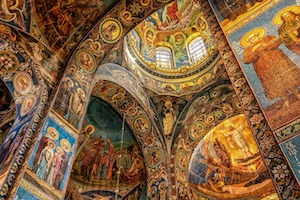 |
St. Petersburg
St. Petersburg, founded by Peter the Great in 1703, is a city steeped in imperial history. It served as the capital of the Russian Empire for over two centuries and remains a cultural and artistic center to this day. The city's historic center, designated a UNESCO World Heritage site, is a treasure trove of architectural wonders. St. Petersburg is the second largest city in Russia. The crown jewel of St. Petersburg is the majestic Hermitage Museum. Housed in the opulent Winter Palace, this world-renowned museum boasts an extensive collection of art and artifacts from around the globe. Visitors can immerse themselves in the works of great masters, including Rembrandt, da Vinci, and Van Gogh, while admiring the splendor of the palace itself. St. Petersburg is renowned for its magnificent palaces and grand buildings. The Peterhof Palace, known as the "Russian Versailles," features stunning gardens, fountains, and intricate architecture. The Catherine Palace in Tsarskoye Selo is another marvel, with its famous Amber Room, a chamber adorned with amber panels and gilded decorations. The city's cultural scene is vibrant and diverse. St. Petersburg is home to the world-famous Mariinsky Theatre, where visitors can witness breathtaking ballet and opera performances. The White Nights Festival, held during the summer months, is a celebration of arts and culture, featuring concerts, theater productions, and fireworks that illuminate the city's nights. St. Petersburg's waterways, including the Neva River and its numerous canals, add to the city's charm. Taking a boat tour along the canals provides a unique perspective, offering glimpses of elegant bridges, historic buildings, and picturesque landscapes. The drawbridges of St. Petersburg, particularly during the White Nights, create a spectacular sight as they rise to allow ships to pass through. The city's commitment to education and intellectual pursuits is evident in its renowned universities and academies. St. Petersburg State University, founded in 1724, is one of Russia's oldest and most prestigious institutions of higher education. The city's intellectual atmosphere has fostered great minds in fields ranging from literature and philosophy to science and technology. St. Petersburg's beauty extends beyond its architectural and cultural heritage. The city is known for its meticulously planned parks and gardens, offering peaceful retreats from the urban bustle. The Summer Garden, with its elegant statues and manicured flower beds, provides a tranquil oasis in the heart of the city.
|
|
|
|
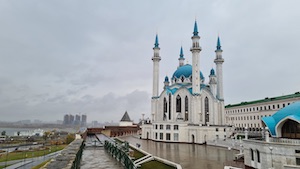 |
KazanLocated on the banks of the Volga River, Kazan is often referred to as the "Third Capital of Russia" due to its significant historical and cultural importance. The city is a melting pot of cultures, where the Russian and Tatar cultures harmoniously coexist and influence each other. One of the city's most prominent landmarks is the Kazan Kremlin, a UNESCO World Heritage site. This ancient fortress complex dates back to the 16th century and showcases a magnificent fusion of Tatar and Russian architectural styles. Within its walls, you'll find historical buildings, such as the Qol Sharif Mosque, the Annunciation Cathedral, and the Presidential Palace, which exemplify the city's cultural and religious diversity. Kazan is known for its vibrant cultural scene and numerous educational institutions. It is home to Kazan Federal University, one of Russia's oldest and most prestigious universities, which has produced renowned scholars and intellectuals throughout history. The city also hosts a variety of festivals, including the Sabantuy Festival, which celebrates Tatar culture and traditions. The Tatar cuisine is a highlight of Kazan's culinary offerings. Traditional dishes like chak-chak (a sweet pastry), pilaf, and echpochmak (a savory meat pie) tantalize the taste buds and provide a delightful introduction to Tatar cuisine. Visitors can explore the local markets and try these delicacies while immersing themselves in the vibrant atmosphere. Sports play a significant role in Kazan, and the city has hosted various international sporting events, including the 2013 Summer Universiade and matches during the 2018 FIFA World Cup. The Kazan Arena, a state-of-the-art stadium, is a testament to the city's sporting prowess and attracts football enthusiasts from around the world. Nature lovers will appreciate Kazan's picturesque surroundings. The Kazanka River, flowing through the city, offers opportunities for leisurely boat rides and scenic walks along its banks. The nearby Kazan Riviera, a popular recreational area, features beaches, parks, and water activities, making it an ideal destination during the summer months.
|
|
|
|
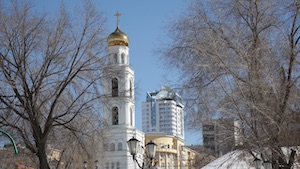 |
Samara
One of the notable features of Samara is its breathtaking location along the Volga River. The riverfront promenade offers picturesque views and is a popular gathering place for locals and tourists alike. Strolling along the embankment, visitors can enjoy scenic views, take river cruises, or simply relax in one of the many cafes and restaurants that line the waterfront. The city has a fascinating history that dates back to the 16th century. Samara played a significant role in Russia's industrial and military development during the Soviet era. It served as a center for aircraft production and hosted several major aerospace and defense enterprises. Today, remnants of its industrial past can be seen in the form of museums and monuments that pay tribute to its aerospace heritage. Samara is also home to a diverse and thriving cultural scene. The city boasts numerous theaters, art galleries, and museums that showcase the region's artistic and historical heritage. The Samara State Philharmonic Orchestra, the Samara State Drama Theater, and the Samara Regional Art Museum are among the cultural institutions that enrich the city's cultural fabric. Nature enthusiasts will find plenty to explore in and around Samara. The Zhiguli Mountains, located nearby, offer opportunities for hiking, biking, and enjoying the stunning natural landscapes. The Samarskaya Luka National Park, situated on a picturesque bend of the Volga River, is a haven for wildlife and a popular destination for eco-tourism.
|
|
|
|
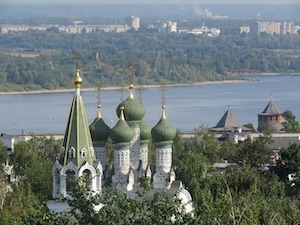 |
Nizhniy NovgorodNizhny Novgorod, situated at the confluence of the Volga and Oka rivers, is the fifth-largest city in Russia and serves as the administrative center of the Nizhny Novgorod Oblast. With a rich history dating back to the 13th century, the city has witnessed numerous historical events and played a pivotal role in Russia's development. One of the main highlights of Nizhny Novgorod is its stunning architectural ensemble. The city boasts an impressive collection of historic buildings, including the Nizhny Novgorod Kremlin, a fortress built in the 16th century. The Kremlin stands as a symbol of the city's strength and has preserved its original walls, towers, and gates, providing a glimpse into its medieval past. Nizhny Novgorod is renowned for its trade and economic significance. The city is a major industrial and commercial center, known for its production of machinery, automobiles, chemicals, and textiles. It houses numerous factories and enterprises, contributing significantly to Russia's economy. In addition to its industry, Nizhny Novgorod is also a cultural hub. The city is home to several theaters, museums, and art galleries that showcase the rich cultural heritage of the region. The State Academic Drama Theater, the Nizhny Novgorod State Art Museum, and the Alexander Nevsky Cathedral are among the notable cultural landmarks worth visiting. Nizhny Novgorod is renowned for its annual International Fair, which dates back to the 19th century. The fair attracts participants and visitors from all over the world, promoting trade, industry, and cultural exchange. It serves as a platform for showcasing the city's achievements and strengthening international cooperation. Nature lovers will find Nizhny Novgorod appealing as well. The city is surrounded by picturesque landscapes, including the Volga Upland and the Volga-Akhtuba Floodplain. These areas offer opportunities for outdoor activities such as hiking, boating, and wildlife observation. |
|
|
|
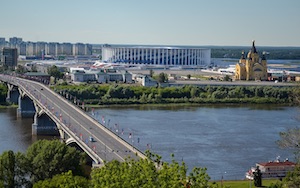 |
Volga River
|
|
|
|
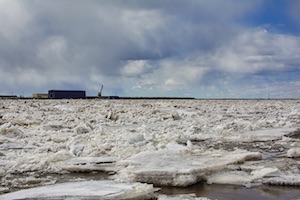 |
Dvina River
|
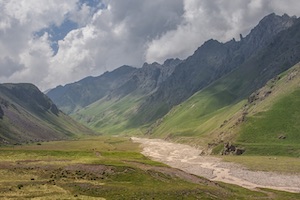 |
Caucasus Mountains
|
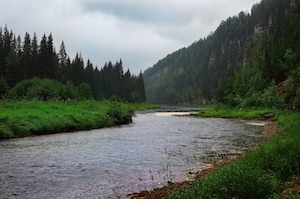 |
Ural Mountains
|
Moscow |
|
| Population: | 145,000,000 |
| Area: | 6,600,000 sq. miles (largest in the world and nearly 11 percent of Earth's total land area). |
| Capital City: | Moscow |
| Largest City: | Moscow |
| Currency: | Russian Ruble |
| Official Language: | Russian |
| GDP (Gross Domestic Product) | $32 billion (102) |
| Back to Map | |
St. Petersburg |
|
Back to Map |
|
 |
|
The design of the Russian flag dates back to the 17th century and has undergone several modifications throughout history. The current version was officially adopted on August 22, 1991, following the dissolution of the Soviet Union. Each color of the flag holds symbolic meaning. The white stripe represents nobility, purity, and innocence. It reflects the aspirations of the Russian people for a just and fair society. The blue stripe symbolizes loyalty, faithfulness, and truth. It signifies the importance of upholding principles and ideals. The red stripe represents courage, bravery, and love for the homeland. It embodies the spirit of the Russian people and their determination to protect their country. The tricolor design of the Russian flag has influenced the flags of many other countries and is seen as a symbol of national pride. The simplicity of the design allows for easy recognition and visibility, both domestically and internationally. Back to Map |
|

